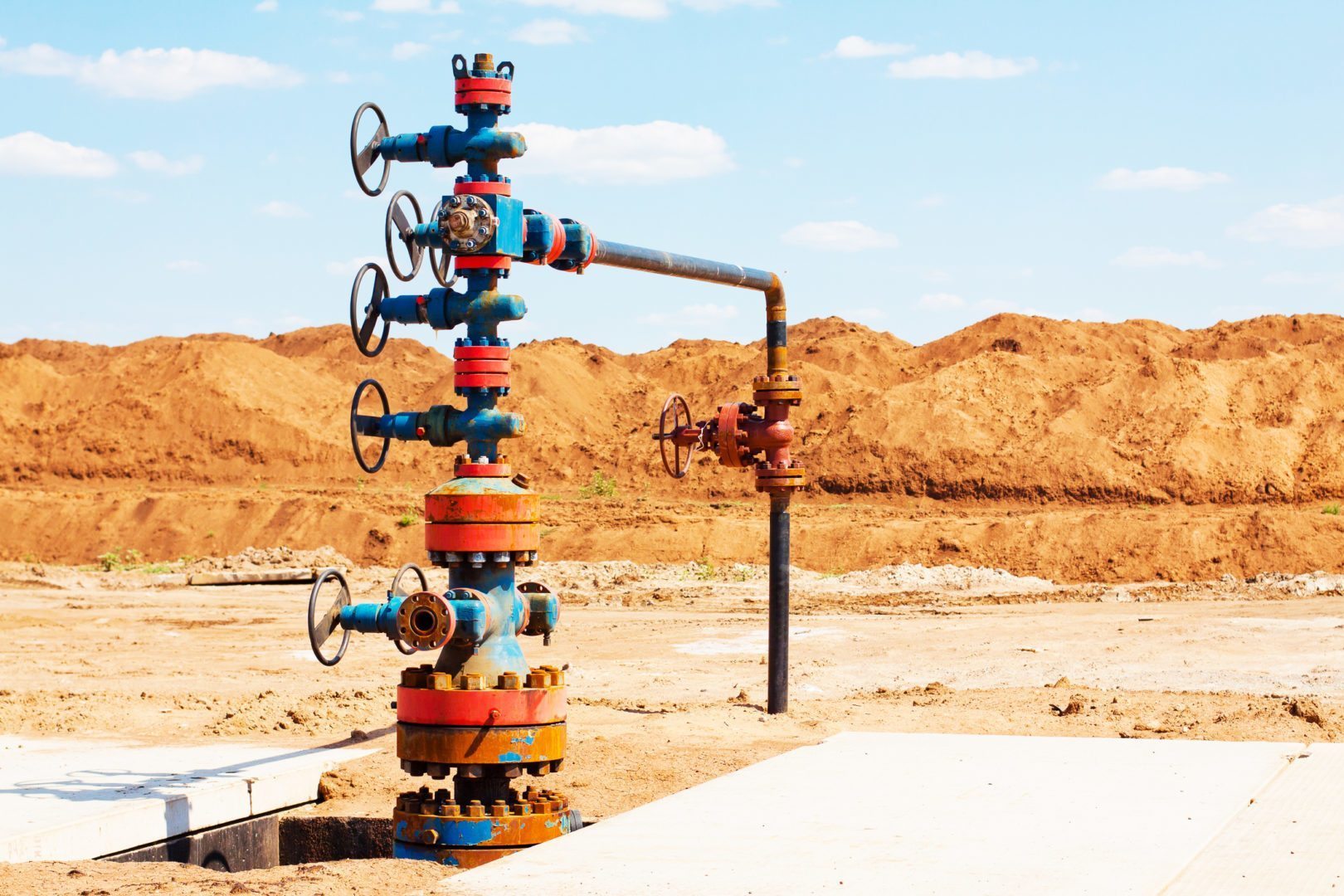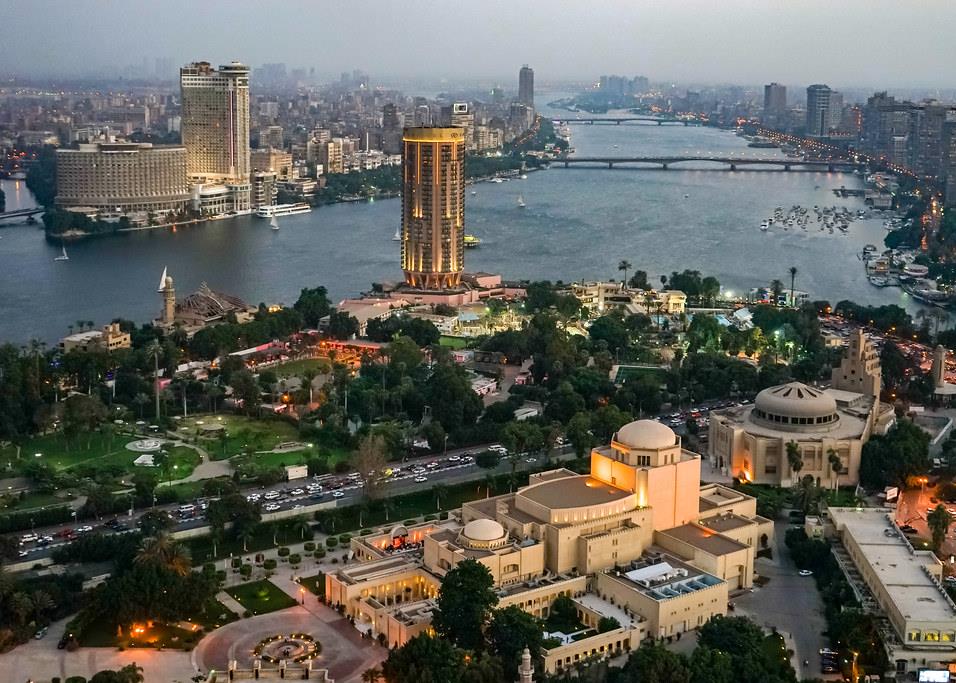

Iraq has made significant progress on adding new crude oil production capacity from a number of state-run fields this summer, but infrastructure constraints will continue to hamper the Ministry of Oil’s more ambitious long term plans.
Basrah Oil Company (BOC) increased oil production in July by 100,000 barrels a day (b/d) from the Luhais, Tuba and Nahr bin Umar fields in July. Now BOC is working with the oil ministry on plans to raise production further by the end of the year, Ihsan Ismaeel, the state-oil company’s director general said on 9 October.
“Now there is discussion about accelerating production from Bin Omar and Ratawi to 120,000 b/d,” Ismaeel told journalists on the sidelines of CWC’s Basra Mega Projects conference in Istanbul.
This is up another 20,000 b/d from the combined 100,000 b/d produced at the two fields. This move is not the kind of incremental increase Iraq’s oil ministry was seeking when it began signing contracts with international oil company partners in 2009.
Ismael is also looking for significantly higher output, and expects BOC’s production to reach 5 million b/d by 2025, up from just over 3 million b/d currently.
These kind of ambitious production targets have been heard before. The country was meant to hit 5 million b/d of production capacity last year, but the target was pushed back. Many of the plateau production levels agreed with international oil companies have also been lowered, or deadlines pushed back, after long negotiations.
The target for the BP-led Rumaila oil field for example, is now to reach 2.1 million b/d by 2027, Ismaeel said. This is much lower than the original 2.85 million b/d BP signed up for when it was awarded the development of Rumaila, Iraq’s biggest producing field, along with PetroChina.
All the contracts with the oil companies should be fully renegotiated by early next year, he added.
There are also long delayed major infrastructure works, including a giant seawater treatment facility, that will be key to maintaining pressure in the southern oil fields and keeping the country’s longer-term oil production ambitions alive. Years behind schedule, the ministry has not been able to work out a way forward to finance the engineering and construction of the Common Seawater Supply Project (CSSP).
“We are in the final awarding stage for the CSSP, with one of the bidders to execute this project,” Ismaeel said.
“It’s a mega project, so there’s another issue, not just the technical and commercial evaluation of the bidder, but there is budget securing and availability of authorised person to complete, so I think first quarter of 2019 the contract of CSSP will be signed, I hope,” he added.
Three companies - Petrofac and Biwater of the UK, and South Korea’s Hyundai Engineering & Construction - submitted bids earlier this year for the construction of the water treatment plant package that forms part of the CSSP. All three offered to provide financing as part of their contract.
A large pipeline package, which also forms a key part of the CSSP, is yet to be tendered.
The cost is expected to be less than $4bn, Ismaeel said.
Considering the budget for the original plan came in at more than $13bn, the new price tag shows how much the project has been scaled back.
Under the original plans, the CSSP was meant to deliver 12.5 million b/d of seawater, making it one of the world’s largest desalination and treatment plants by 2017. Now, the facility will treat 5 million b/d.
Another key area for development is the bottleneck to its crude oil exports out of the south, where issues include aged infrastructure and a lack of storage capacity. The current export capacity stands at around 3.7 million b/d, around 140,000 b/d above the shipments made in August, leaving little room for further increases.
Iraq could add more capacity by repairing the Khor al-Amaya oil terminal that has been out since February due to leaking pipelines. Built in 1954, the maintenance of the pipeline could be risky, so the oil ministry is looking for alternatives.
This includes new subsea pipelines leading out to the offshore loading terminals.
“We are finalising with Leighton [Offshore] for the Sealine project which has been stopped for three years. When this project is executed - it will take around one year to complete - it will add another 1 million b/d of export capacity,” Ismaeel said.
The Ministry of Oil is also studying two more subsea pipelines, adding 2 million b/d of capacity, taking the total to around 6 million b/d by 2023. This would increase inline with the upstream production increases.
Storage is the other constraint on exports. The Al-Fao peninsula is Iraq’s key staging post where crude oil is segregated into its current export streams before being pumped to the offshore terminals for loading onto vessels.
“Al-Fao is under rehabilitation and rejuvenation, and so now currently it works as a buffer storage”, Ismaeel said.
Japan’s Toyo Engineering is working with the ministry to develop a masterplan to increase capacity to 12 million barrels, he said. Previous studies have looked at increasing storage capacity to as much as 22 million barrels. Current capacity is thought to be 10 million barrels, but Ismaeel noted that it was impossible to estimate the actual total while Toyo is still carrying out its studies.
You might also like...

Red Sea Global awards Marina hotel infrastructure
18 April 2024

Aramco allows more time for MGS package revised prices
18 April 2024

Morocco tenders high-speed rail project
18 April 2024
A MEED Subscription...
Subscribe or upgrade your current MEED.com package to support your strategic planning with the MENA region’s best source of business information. Proceed to our online shop below to find out more about the features in each package.





